Madame Weigel: September & Spring
29 Sep 2015 11:42 AMVeronica LampkinMadame Weigel: September & Spring (a little late – very busy!)
Weigel’s Journal of Fashion always wrote of September and Spring as their favourite time of year – the best loved of all seasons.
In the 1880s, this was when the Spring toilettes appeared and the Melbourne shop windows overflowing with beautiful goods. In September 1885, the editorial’s writer used the fabrics on display at Messrs Moubray, Rowan and Hicks in Collins Street West:
‘Among the new Spring materials an especially pretty one is the canvas cloth which comes in all the fashionable colours, such as brown, gray, red, blue and from the palest cream colour to the deepest écru and coffee brown ... the price of this material ranges from 1s 9d to 3s 3d per yard. The yak cloth is also new and pretty ... the plush striped bunting is a decided novelty this season ... Apropros of ribbons, they are imported by the million and promise to be fashionable for sashes and other dress decorations.'
Spring was seen as the dividing line between two important seasons, winter and summer. Indoor toilettes needed to be light, delicate and fresh, and – able to be laundered. Linen lawns were best for coolness and service, the coolest of all summer fabrics and most suited to the long, continued heat of the southern climate.
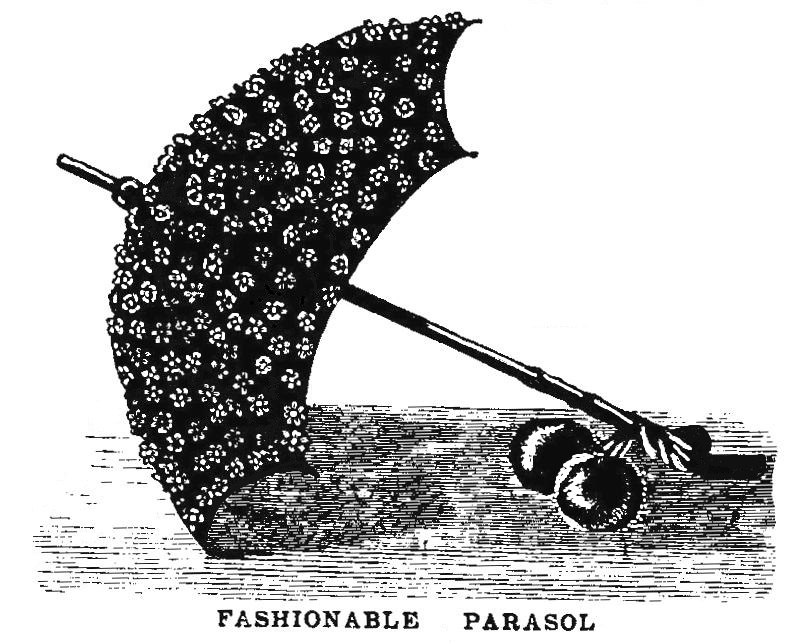
Fashionable Parasol. Weigel’s Journal of Fashion. January 1885, 127
In September 1893, the journal’s editorial again focussed on Spring fabrics:
'... pretty crêpes in their many weaves, crocodile skin serving as a copy for many of these, the raised parts showing often in a distinct colour from the ground. Some suggest flame-like knitted patterns, and others have a mixture of short dashes and dots on a cloudy ground; goffered and shot crêpons are equally to be noted. Self coloured, striped and checked percals, zephyrs, prints and sateens are in the fore, and particularly the novel floral sateens with a striped, plain or rainbow-hued ground.’
Dust coats began to appear in Madame Weigel’s pattern series in anticipation of summer dust storms and dusty travel in open carriages. An early pattern from October 1884 was Pattern 708: Lady’s Dust Coat, an all encompassing coverall with plenty of frills and flounces.
Whilst sun bonnets and parasols became a strong focus for sun protection, little else appeared to change in concession to the growing heat. Long skirts, long sleeves, high collars and multiple layers of fabric were still the required norm for women. Young girls faired little better, except for shorter skirts that showed the ankle and lower leg.
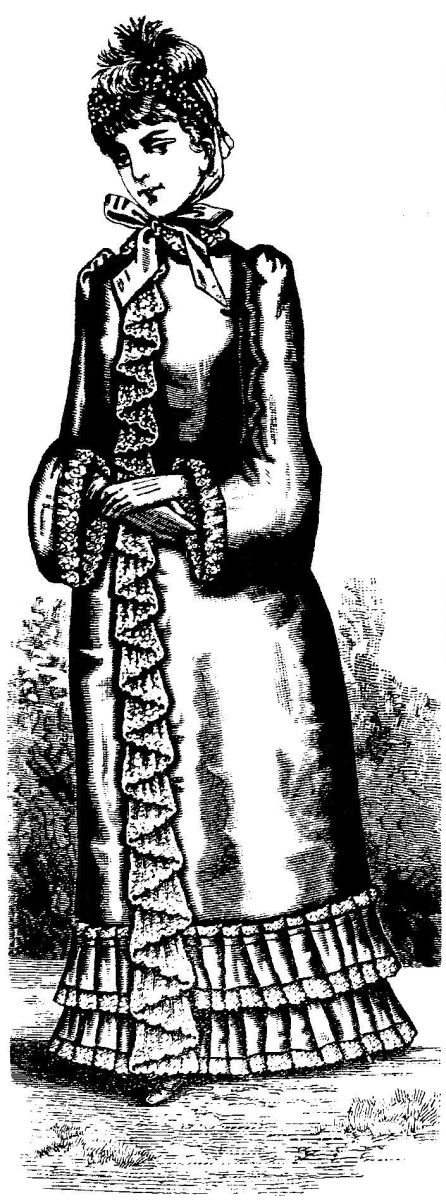
Pattern 708: Lady’s Dust Coat. Weigel’s Journal of Fashion. October 1884, 91
The new century saw standards and fashions change to slowly allow more comfort. White was the colour of the Edwardian decade, reflective in the Antipodean heat. Thinner fabrics were allowed for afternoon and evening wear, and generally daintier, lighter, and more colourful than in times past.
In September 1907, Madame Weigel used her recent visit to Asia to encourage her readers to try a kimono. Her journal’s editorial suggested:
'Kimono is the keynote of our dress harmonies at present, and it is wonderful the changes it is possible to ring in this very graceful and attractive style. A glance through the following pages will give an indication of how popular and becoming this mode of dress is likely to be. It is particularly suitable for our Australasian climate, and unlike some previous vogues it is possible to blend economy with smartness, and express individuality in a variety of ways.'
The same edition offered various kimono inspired patterns, as shown here.
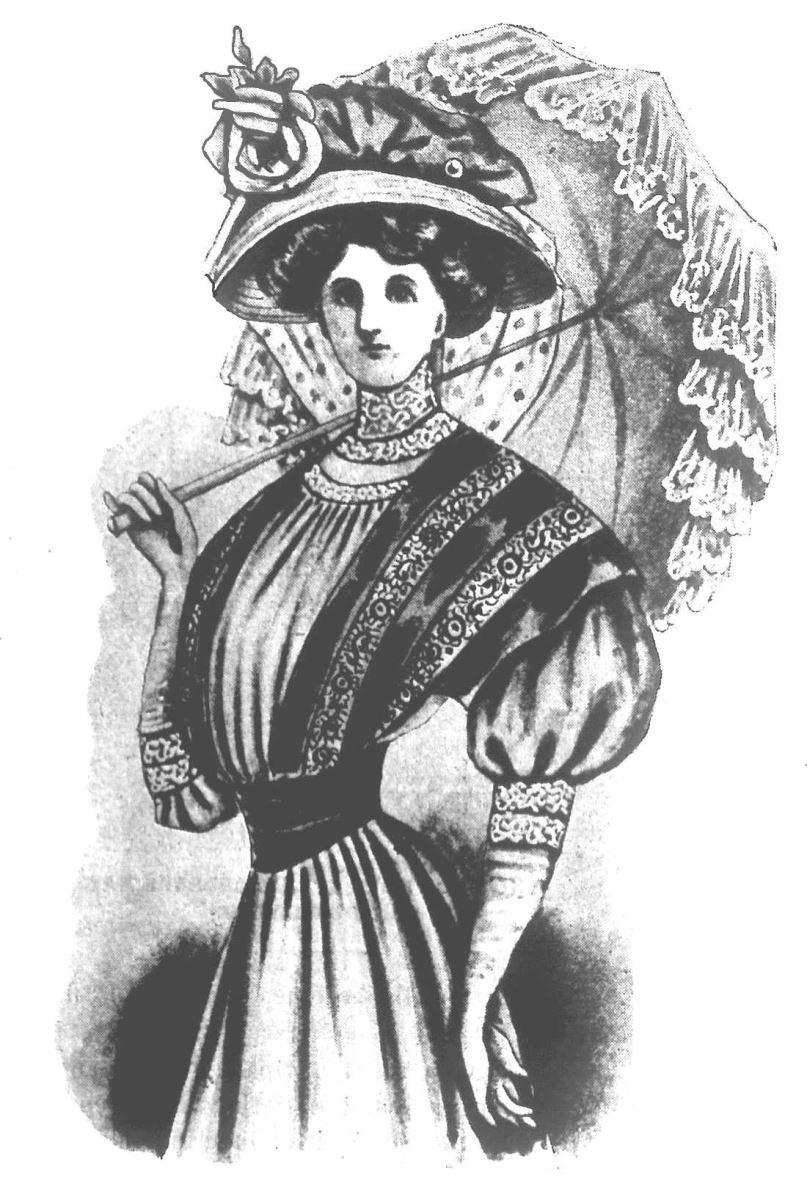
Pattern 3123: Lady’s Blouse Bodice, with high-necked bodice and kimono bretelles. Weigel’s Journal of Fashion. September 1907, 294
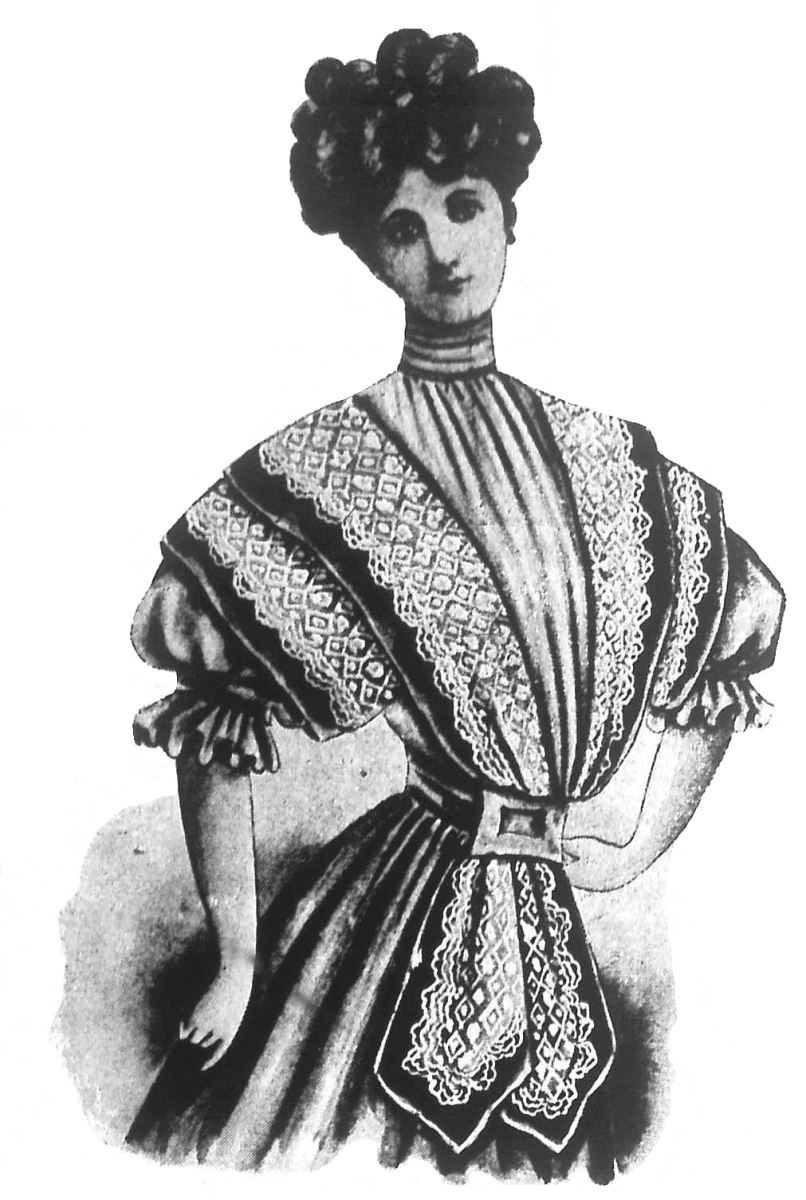
Pattern 3127: Lady’s Kimono Bretelles. Weigel’s Journal of Fashion. September 1907, 290
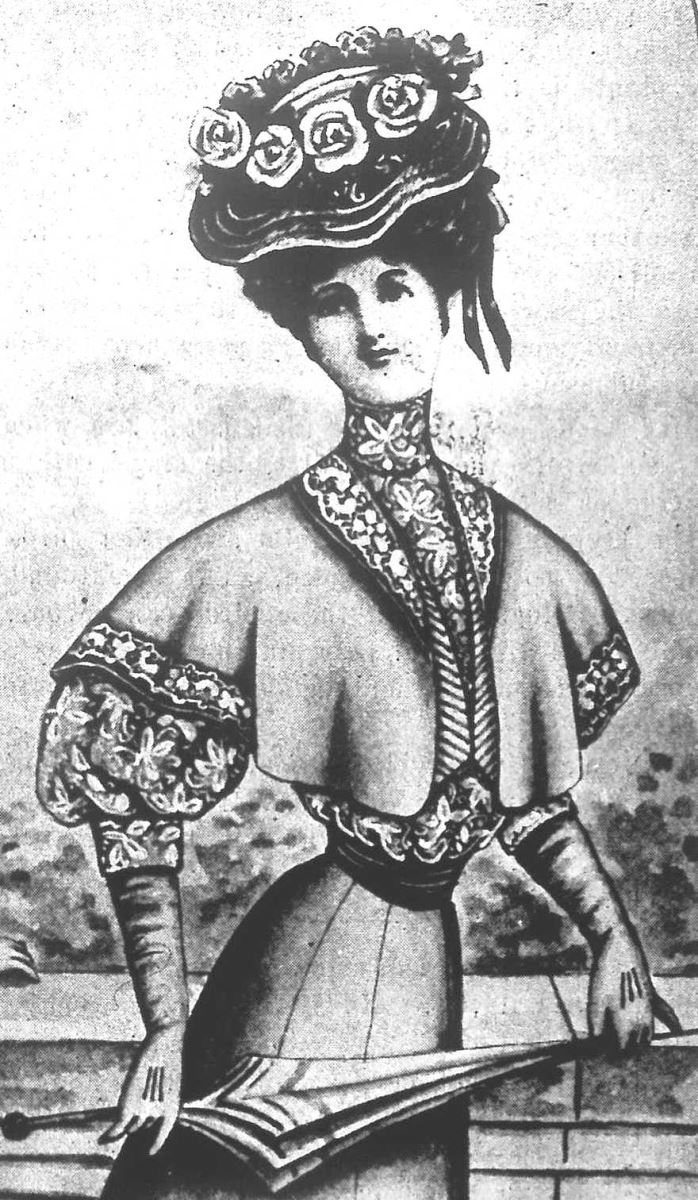
Pattern 3130: Lady’s Kimono Coatee. Weigel’s Journal of Fashion. September 1907, 287
